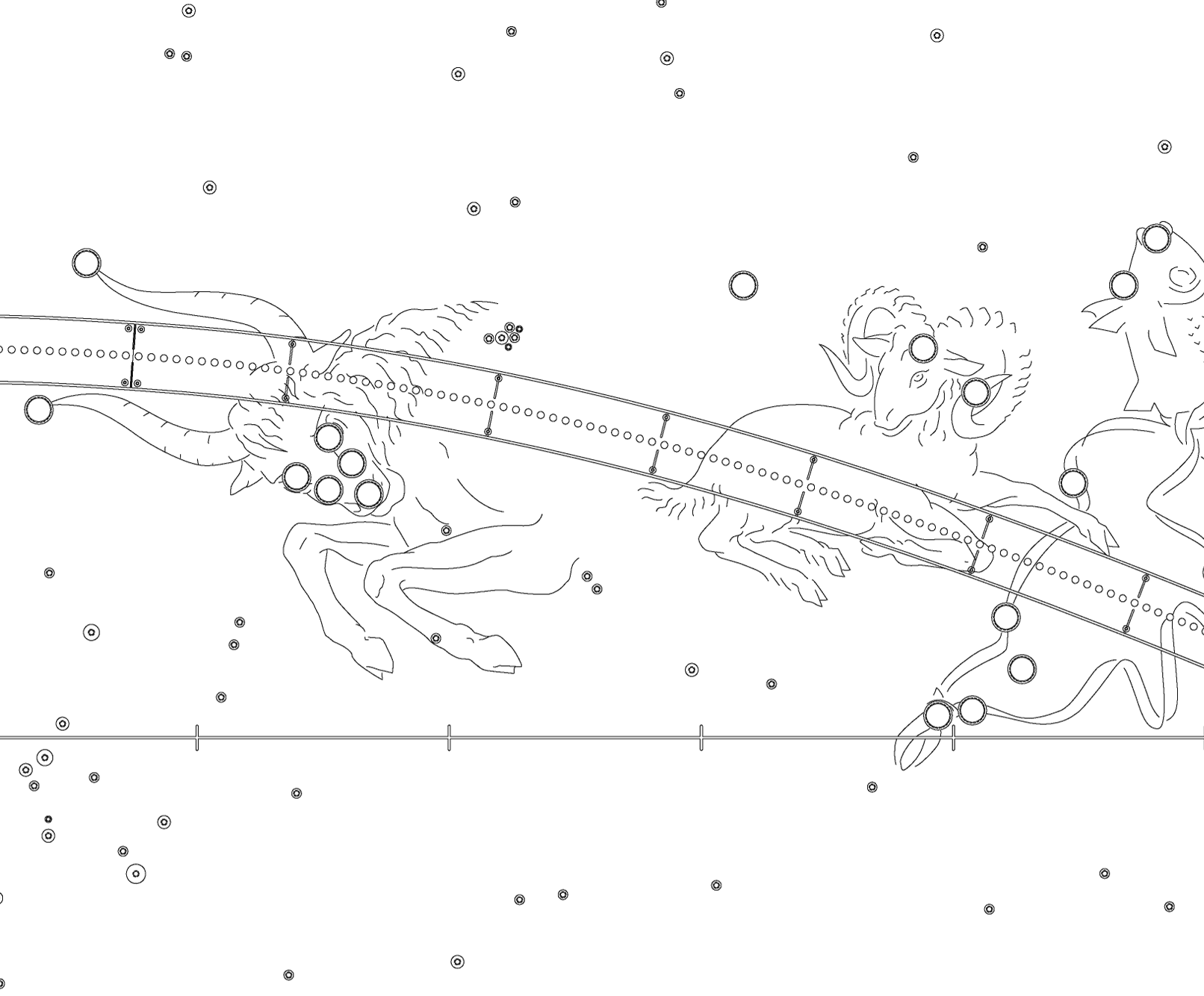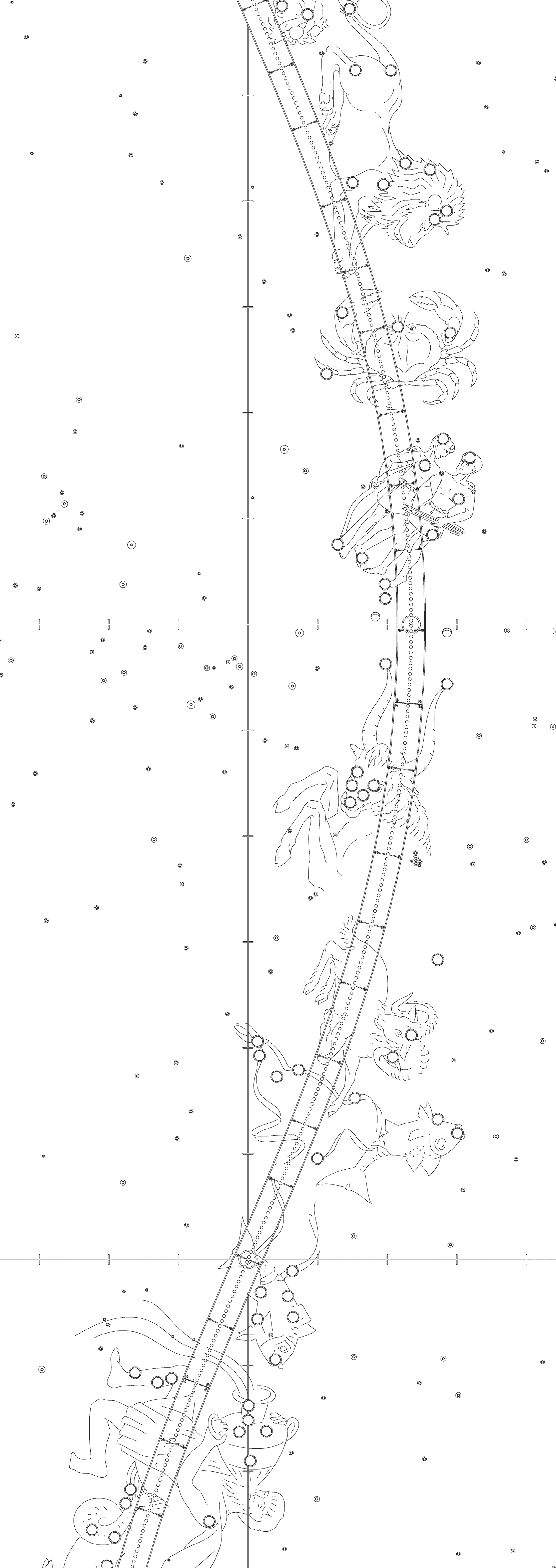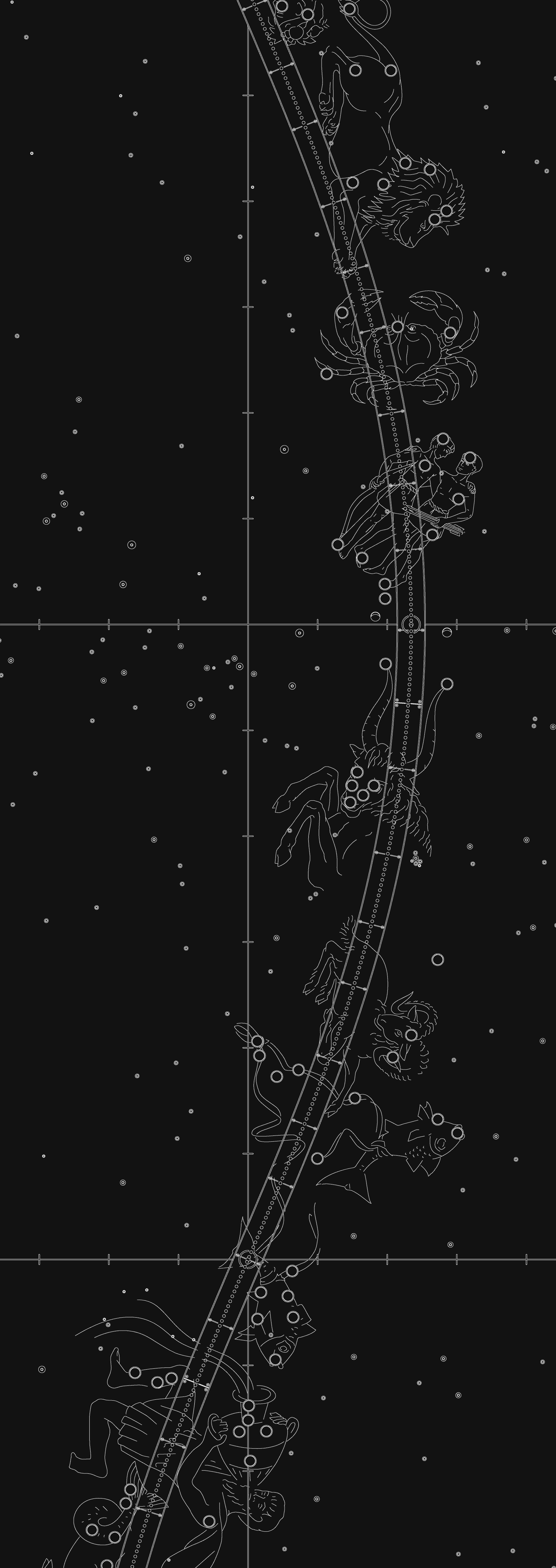Our Address

Do you know where you are in the universe? Imagine your place in space and the directions you would give to help someone find you in the cosmos.
A postcard with a cosmic address needs more information than usual. Each line represents the organization of objects in the universe, from small to large, near to far. We begin with our familiar coordinates on Earth and move out through the solar system to the most distant galaxies in the cosmos. Today we understand enough about the structure of the universe to know our complete address.




Los Angeles
 Our cosmic address begins with the street, neighborhood, and city names that define the Los Angeles area. The view from space reveals a wide basin with large mountains to the north and the Pacific Ocean to the south and west.
Our cosmic address begins with the street, neighborhood, and city names that define the Los Angeles area. The view from space reveals a wide basin with large mountains to the north and the Pacific Ocean to the south and west.
This corner of the universe is a mix of natural geographic features and structures that we have built. Roads, bridges, and buildings punctuate the hills, rivers, forests, and beaches. Griffith Observatory is just a small speck of white on the Hollywood Hills.
The Scale of Los Angeles
More than ten million Los Angeles basin residents work, play, shop, and go to school at places a few miles from home. Sometimes they have to drive more than an hour to get to work or visit family and friends.
In southern California, people travel on a network of freeways that crisscrosses the area. The amount of time we spend getting anywhere depends on the time of day, weather conditions, and any roadway accidents that might affect traffic. Driving across the basin could take as much as five hours if traffic is heavy. That’s about how long it takes for the Sun’s light to cross the solar system and reach distant Pluto.
Earth
 Our home planet is a small, rocky world enveloped by a life-sustaining atmosphere. Roughly two-thirds of its surface is submerged in water. The rest is divided into mountains, plains, and deserts. Our closest neighbor in space is the Moon, a lifeless, barren place roughly one-quarter Earth’s diameter.
Our home planet is a small, rocky world enveloped by a life-sustaining atmosphere. Roughly two-thirds of its surface is submerged in water. The rest is divided into mountains, plains, and deserts. Our closest neighbor in space is the Moon, a lifeless, barren place roughly one-quarter Earth’s diameter.
Earth’s billions of people live in hundreds of thousands of cities, villages, and rural areas. In 1969, we took our first steps on another world when two men walked on the Moon.
The Scale of Earth and the Moon
If you traveled once around Earth’s equator, your trip would cover 24,900 miles (40,000 km). The Apollo astronauts crossed 238,000 miles (383,000 km) to reach the Moon during their missions.
Until relatively recently, most people had not ventured such great distances. There are still those who do not leave their home countries. Some rarely move far from their birthplaces.
Through most of history, travel around our planet took place on great expeditions that lasted months or years. Today, airplanes cover large distances in a matter of hours. To go beyond Earth to the Moon and planets requires spacecraft.
Local Group
 Our galactic neighborhood contains the Milky Way Galaxy, the nearby Andromeda Galaxy, and nearly a dozen smaller companions. Members of the Local Group move together through space. Each one has millions or billions of stars, and our Sun is only one starry member of the Milky Way.
Our galactic neighborhood contains the Milky Way Galaxy, the nearby Andromeda Galaxy, and nearly a dozen smaller companions. Members of the Local Group move together through space. Each one has millions or billions of stars, and our Sun is only one starry member of the Milky Way.
Our galaxy and Andromeda will collide in a few billion years. Because galaxies are mostly empty space, this event will probably be more of a mixing of stars and gas than a crash.
The Scale of the Local Group
The distance from Earth to the nearest star is about 25 trillion miles (40 trillion km). The nearest galaxy lies much farther across empty space. At this scale, miles or kilometers are impractical ways to measure distance, so we use the light-year. This is the distance that light travels in a year: 5.8 trillion miles (9.3 trillion km).

Science fiction stories often feature faster-than-light ships. We don’t have such ships yet. Today the only way to explore across such large distances is through telescopes. And, when we look at the Andromeda Galaxy, more than two million light-years away, we see it as it looked more than two million years ago. In a sense, our observatories also act as time machines, giving us a view back through cosmic history.
Solar System
 The Sun is our local star, and it dominates the solar system. The planets, their moons, the asteroids, and comets are all much, much smaller than the Sun. Most of the solar system is empty space.
The Sun is our local star, and it dominates the solar system. The planets, their moons, the asteroids, and comets are all much, much smaller than the Sun. Most of the solar system is empty space.
Earth is one of four rocky planets closest to the Sun. Just beyond them lies the asteroid belt, and farther out, the four gas giant planets. Pluto and other small, icy objects in the Kuiper Belt occupy the distant frontier of the solar system.
The Scale of the Solar System
 The major objects in the solar system are very far apart. Astronomers use the 93-million-mile (150-million-kilometer) distance between the Earth and Sun (the astronomical unit) as a unit of measurement. It helps us understand the scale of our solar neighborhood.
The major objects in the solar system are very far apart. Astronomers use the 93-million-mile (150-million-kilometer) distance between the Earth and Sun (the astronomical unit) as a unit of measurement. It helps us understand the scale of our solar neighborhood.
Travel times across the solar system depend on the speed you move. Sunlight travels at 186,232 miles (299,833 km) per second. It takes just over 8 minutes to reach Earth and more than an hour to get to Saturn. Our spacecraft (like Voyager) move much slower than light speed and take years to reach other planets.
Universe
 Massive telescopes and space-borne observatories give us tantalizing peeks into the physical nature of the universe. It contains countless billions of galaxies, all arranged in a vast web-like structure.
Massive telescopes and space-borne observatories give us tantalizing peeks into the physical nature of the universe. It contains countless billions of galaxies, all arranged in a vast web-like structure.
This intricate pattern of galaxy distribution formed about 400,000 years after the Big Bang. The infant universe was expanding and cooling as gravity shaped its matter into stars and galaxies. The expansion continues, and most objects in the universe are still moving away from each other as they evolve.
The Scale of the Universe
 When we gaze deep into the universe, we look back into time. We see objects as they were when the light left them on the long journey to our telescopes and eyes. Using wavelengths of light beyond the visible, we can observe the universe back to nearly the beginning. This helps us create a timeline of cosmic evolution.
When we gaze deep into the universe, we look back into time. We see objects as they were when the light left them on the long journey to our telescopes and eyes. Using wavelengths of light beyond the visible, we can observe the universe back to nearly the beginning. This helps us create a timeline of cosmic evolution.
It is hard to imagine distances at the scale of the universe. Strands of galaxies can be millions and billions of light years across. We use what we can observe and prepare simulations of what the universe looks like today and what it may have looked like in the past.